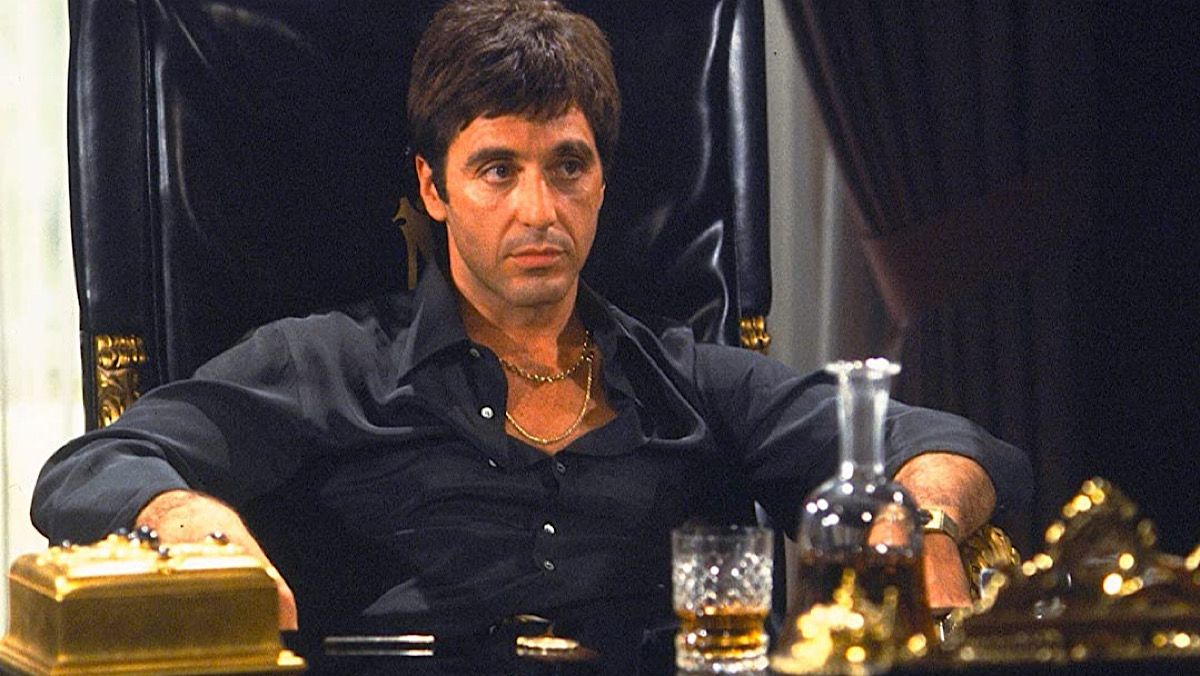
was the leader of a vocal minority that feared the movie's negative portrayal of Cubans and fought to change the story at one point, he sent a letter to producer Martin Bregman asking if he could rewrite the film to make Montana a Castro spy. Cuban-American City Commissioner Demitrio Perez, Jr. But don't just blame the producers as director Brian De Palma once said, the actors and crew felt like they were run out of town. Which makes it disappointing that, like many Hollywood productions, it cheats by using California as a stand in for numerous locations.

While the origins of the story can actually be traced back to Chicago (the film is a remake of the original 1932 Scarface, where actor Paul Muni stars as Tony Camonte, a very loose stand-in for Al Capone), the 1983 film appears to be squarely set in the Miami of its time. Pacino's turn in the immigrant-turned-crime lord tale, a tweak of the coming to America narrative dressed up in pastel, disco beats and blow, pays homage to South Florida's flashy landscape. Despite the movie's place in Florida and hip-hop lore, faux Miami locations are actually the rule, not the exception. The palatial estate from Scarface, which served as the backdrop for Tony Montana's famous headfirst dive into a pile of cocaine and his "say hello to my little friend"-shouting last stand, sold for $12.26 million, roughly a third of its asking price.

It was in California, near Santa Barbara.

A key location in Miami movie history was just sold late last month, though it wasn't on Ocean Drive, Calle Ocho, or any of the city's iconic streets.


 0 kommentar(er)
0 kommentar(er)
